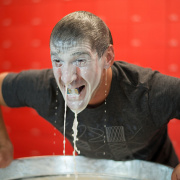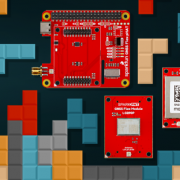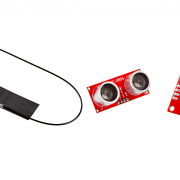T³: Adventures in Science – Electric Power
Power is the rate of doing work, and for electricity, that means the rate in which energy is converted in a circuit.
Power is the rate in which work is done, much like kilometers (or miles) per hour is a rate. The SI unit for power is the Watt, and it's defined as one joule per second. Whether it takes you three seconds or one second to move 100kg to 1m above the ground, you use the same amount of energy. However, it requires more power to do it in one second.
When it comes to electric power, "work done" refers to the ability of the circuit to transform electrical energy into something else, like heat, motion or sound. "Work done" can also refer to transforming some other form of energy into electrical energy, as in a battery, which converts chemical energy to electrical energy.
As power is work done per unit time, with a little bit of math we find that electric power is defined as voltage times current:
The ability to convert electric power is quite helpful, as it allows us to do things like light up the filaments in light bulbs, spin motors and drive speakers. In the video, we show examples of some of these and talk about why things like resistors heat up when current moves through them.
The written tutorial for electric power can be found here:
Electric Power
Once again, feedback is welcome and appreciated!
Interested in learning more foundational topics?
See our Engineering Essentials page for a full list of cornerstone topics surrounding electrical engineering.









